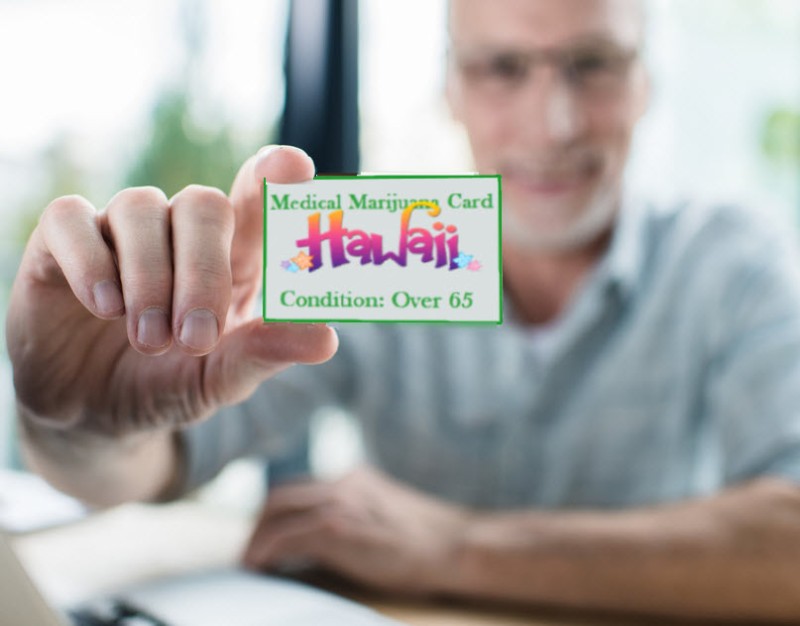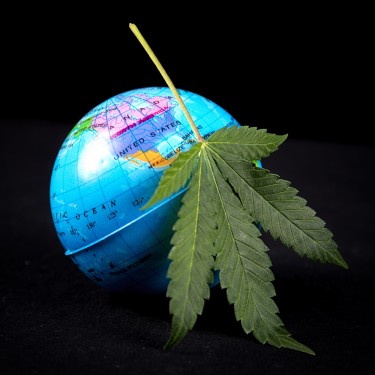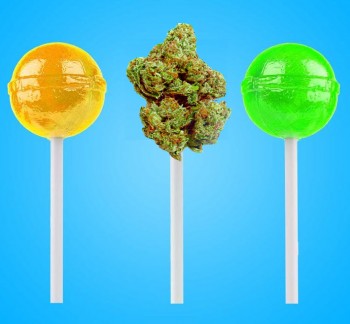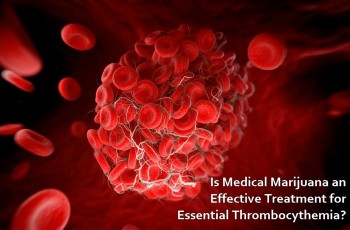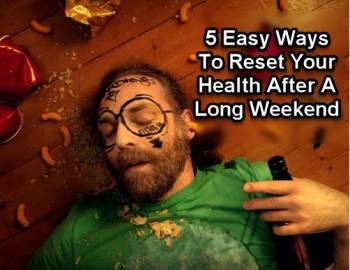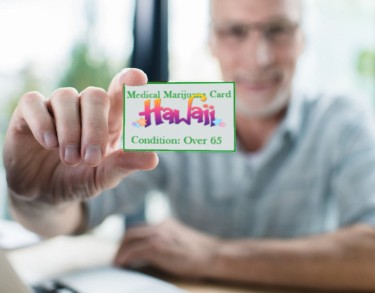
Hawaii intends to make medical cannabis legal for anyone who is over the age of 65. What this means is that the only requirement for people to gain access to the State’s medical marijuana program is to be “old”. This bill was approved by the Hawaii Senate Committee with a 3-0 in favor with two abstained due to not being there for the vote. Washington, DC recently filed a bill for anyone over 65 to be able to get a medical marijuana card as well, soley based on just age.
Critics argue that the Senate Committee is essentially legalizing recreational cannabis for those within this age group and older. However, the Senate Committee reasoned that medical marijuana, “has been demonstrated to positively help with these often-recurring health issues, resulting in a better quality of life.”
Furthermore, the Committee continued,
The legislature further finds that such conditions have been broadly exacerbated by the pandemic, economic instability, and increasing uncertainty in recent years,” it says. “Accordingly, the purpose of this Act is to make it easier for senior citizens to access the state medical cannabis program.”
In today’s article we’ll be taking a closer look why this should be enacted not only in Hawaii, but to the entire world. The fact of the matter is that making medical cannabis available to anyone 65 and older is probably one of the best things that a state can do for their citizens.
Allow me to explain why…
Old Age or Endocannabinoid Deficiency?
Your endocannabinoid system fully matures roughly when you are 25-years old. What this means is that prior to the age of 25, you’re producing a lot of endocannabinoids. However, the moment that your entire system is set up, your endocannabinoid production drops significantly.
The endocannabinoid system is responsible for maintaining homeostasis in the body. In essence, it helps keep everything in balance, promotes better immune health, helps with appetite, sleep, and virtually affects every part of the body.
Since endocannabinoid production reduces after the age of 25, most people don’t engage in activities that help produce more endocannabinoids such as exercise, meditation, proper diet. Over time, the deficiency of endocannabinoids can manifest in a wide range of conditions and illnesses. Many of these symptoms are experience by people 65 and older.
While it isn’t definitely so – it’s highly likely that those within this age group could be suffering from endocannabinoid deficiency. Which is why when older people begin to use cannabis as a medicine, they show immediate benefits and many report “feeling great, young, etc”.
Furthermore, even if the above is not scientifically proven (yet), when we take a look at common symptoms of old age – we can see that cannabis helps with many of them. This includes fatigue, pain, appetite, etc.
Therefore, if you are within an age category that is plagued with side effects that cannabis can treat – then not making cannabis legal for this age group is illogical to say the least. Of course, this doesn’t mean that anyone within this age group would benefit from cannabis. Some people may have conflict with their current regimen of medicine – which is why it’s important that if you are within this age group, to consult your primary care physician about your plans to incorporate cannabis into your life.
Medical cannabis is not recreational cannabis
I often hear people talk about medical cannabis being a “trojan horse” for recreational legalization. But I am not on board with this assessment. While it’s true – than in practice there is no difference between a “medical marijuana bud” and a “recreational marijuana bud” – the difference lies in the motivation for use.
In many cases, medical cannabis users require higher quantities of cannabis to help treat their symptoms. Typically, medical marijuana has a lower cost than recreational marijuana and for pure economic reasons it makes sense to have two classifications for cannabis.
Furthermore, one could argue that recreational cannabis is medical – even though some people use it for “recreational purposes” or “get high for the sake of getting high”. When you ask anyone who smokes weed why they do it, they often say, “because I like it, it chills me out, it helps me relax…etc”. All of these reasons allude to the idea that, “it helps you reduce stress”. Stress is one of the major contributors to a wide range of diseases and as such, when you smoke a joint to “chill out” you are technically engaging in phytocannabinoids stress reduction therapy.
Why should we adopt this at mass?
The fact of the matter is that Medicaid and Medicare are costing taxpayers billions of dollars each year. If cannabis can make even a minimal dent in the yearly costs – then that would be a major win for the entire nation.
Cannabis can help reduce the need for expensive medicines and can be a natural alternative to many of the medications being prescribed to old people. For example, cannabis would potentially be able to be a far less risky drug for old aged folks than benzodiazepine who are prescribed for long term use in old people.
This fraction rose substantially with age, from 2.6% among those 18 to 35, to 8.7% in those 65 to 80. Long-term use—for more than 120 days—also increased markedly with age. Of people 65 to 80 who used benzodiazepines, 31.4% received prescriptions for long-term use, vs. 14.7% of adults 18 to 35 – SOURCE: NIH.Gov
Some of the side effects of benzodiazepine include;
-
drowsiness
-
light-headedness
-
confusion
-
unsteadiness (especially in older people, who may fall and experience injuries)
-
dizziness
-
slurred speech
-
muscle weakness
-
memory problems
-
constipation
-
nausea (feeling sick)
-
dry mouth
-
blurred vision.
Some less common side effects of benzodiazepines include:
-
headaches
-
low blood pressure
-
increased saliva production
-
digestive disturbances
-
rashes
-
sight problems, such as double vision
-
tremors (shaking)
-
changes in sexual desire
-
incontinence (loss of bladder control)
-
difficulty urinating.
Some rare side effects of benzodiazepines include:
-
blood disorders
-
jaundice (yellow skin)
-
gynecomastia (breast development in people assigned male at birth).
SOURCE: Mind.ORG
Compare this to the most common side effects of cannabis which include; mental slowness, impaired reaction times, and sometimes accentuation of anxiety. SOURCE: NIH
Simply put, if cannabis can supplant benzodiazepine within older generations, you’ll gain a net benefit simply due to the reduction of the side effects of the benzos themselves. This will reduce the cost of things like Medicare and Medicaid and ultimately provide greater benefits to the patients.

